Scoliosis is a medical condition, characterized by an abnormal curve of the spine. There are different types of scoliosis, depending on the exact location of the abnormal curve and the age of the patient. The abnormal curvature of the spin is the most common symptom of scoliosis.
The spinal curve looks straight when looking from the front. The normal curved of the spine visualized from the sides are known as kyphosis and lordosis. People with scoliosis develop an additional curve in their spine to five it a C-shaped or an S-shaped appearance.
Scoliosis can affect adults as well as children. However, it is most common in patients aged above 10. Additionally, this condition is more common in girls than boys. A sideways curvature of the lumbar vertebrae is also known as lumbar scoliosis.
The most common test used to diagnosed scoliosis is Adam’s Forward Bend Test. During this test, the doctor asks the suspected patient to bend at the waist with palms touching the floor and knees straight. In this position, any abnormality in the curvature of the spine is clearly visible.
There are no specific symptoms of scoliosis. The appearance of the abnormal curvature of the spine is most often the first sign of scoliosis. The diagnosis of this condition most commonly takes place during an examination at school and college.
In severe cases of scoliosis, breathing difficulty, chest pain, and shortness of breath may appear. Scoliosis is not usually painful. But it can cause neck pain, back pain, abdominal pain, rib pain, and muscle spasms.
Lumbar scoliosis treatment mostly involves the use of medications, exercises, and braces. Several types of braces are available to support the spine and correct its curvature. These braces are supposed to be worn 24 hours a day, except when bathing.
You may need to make certain preparations before scoliosis surgery, which is performed only in the case of severe scoliosis. A spinal fusion surgery is recommended when all other non-surgical alternatives fail to correct or improve the curvature of the spine.
If you have been advised to undergo scoliosis surgery, make sure to do the following:
There are three approaches or types of scoliosis surgery. Out of these, spinal fusion is the most common procedure.
The patient is expected to move around in two or three days after the surgery. But total stay in the hospital can range from four to seven days. Children can resume going to school after two to four weeks of the surgery.
Physical activity has to be highly limited to keep the spine immobile allowing better fusion. Bending twisting, or lifting will be restricted for the first three months. Surgeons recommend wearing braces for a few months during the scoliosis surgery recovery.
Patients will be occasionally monitored with intermittent X rays even after one to two years until the bone fuses completely and becomes solid. Female patients can undergo normal delivery after undergoing the surgery.
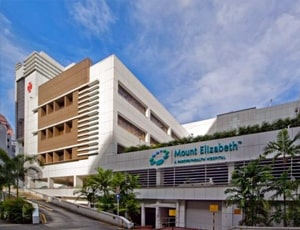
Singapore, Singapore
Mount Elizabeth Hospital is a multispecialty healthcare facility operated by Parkway Health. The hos...more
![]() Private Rooms
Private Rooms
![]() Translator
Translator
![]() Nursery / Nanny Services
Nursery / Nanny Services
![]() Airport Pick up
Airport Pick up
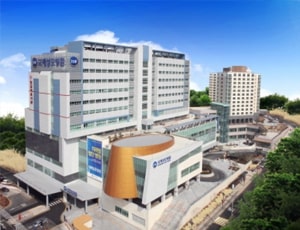
Seoul, South Korea
Catholic kwandong university international St Mary hospital is one of its kind hospitals in Korea. I...more
![]() Post operative followup
Post operative followup
![]() Airport Pick up
Airport Pick up
![]() Online Doctor Consultation
Online Doctor Consultation
![]() Free Wifi
Free Wifi
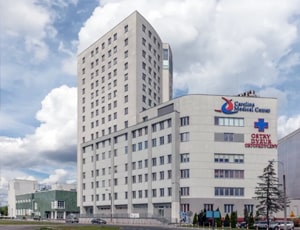
Warsaw, Poland
History Carolina Medical Center is one of the best and clinically advanced orthopedics and sports m...more
![]() Accommodation
Accommodation
![]() Airport Transfer
Airport Transfer
![]() Choice of Meals
Choice of Meals
![]() Interpreter
Interpreter
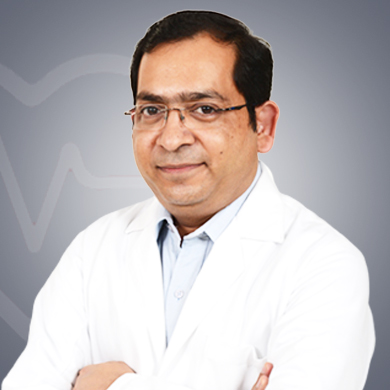
Spine & Neurosurgeon
Delhi, India
24 Years of experience
USD 32 for video consultation
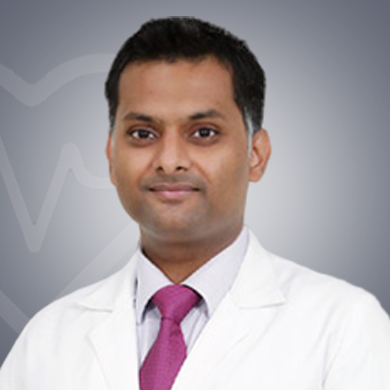
Neurosurgeon
Delhi, India
14 of experience
USD 50 for video consultation
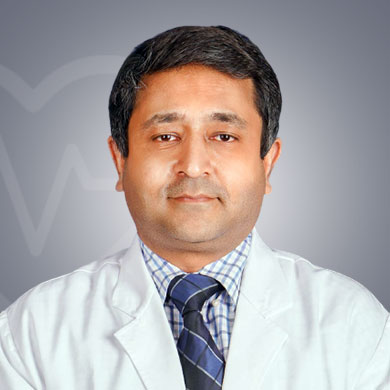
Orthopaedic Spine Surgeons
Faridabad, India
12 of experience
USD 40 for video consultation
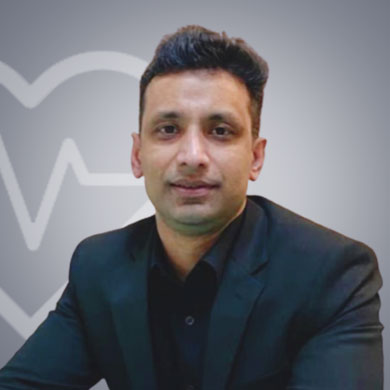
Neurosurgeon
Delhi, India
10 of experience
USD 60 for video consultation
Q: Is the scoliosis surgery dangerous?
A: Scoliosis surgery is not really a dangerous procedure but there are several risks and complications involved. The loss of movement is one of the biggest risks but it occurs rarely.
Q: How effective is scoliosis surgery?
A: The success rate of scoliosis surgery is very high, especially when the procedure is conducted by a highly experienced surgeon.
Q: Is scoliosis painful for adults?
A: Low back pain is most often the first sign of degenerative adult scoliosis. It can be effectively managed with the help of painkillers.
Q: What is the scoliosis surgery cost?
A: The cost of scoliosis surgery depends on the type of procedure being conducted. For example, the surgery for scoliosis cost varies if a spinal fusion is being conducted and it is different when either fusionless surgery or rod placement is being conducted.
Q: What will happen if I don’t treat scoliosis?
A: Scoliosis can form a hump in the back and can interfere with the heart and lung functioning if left untreated.